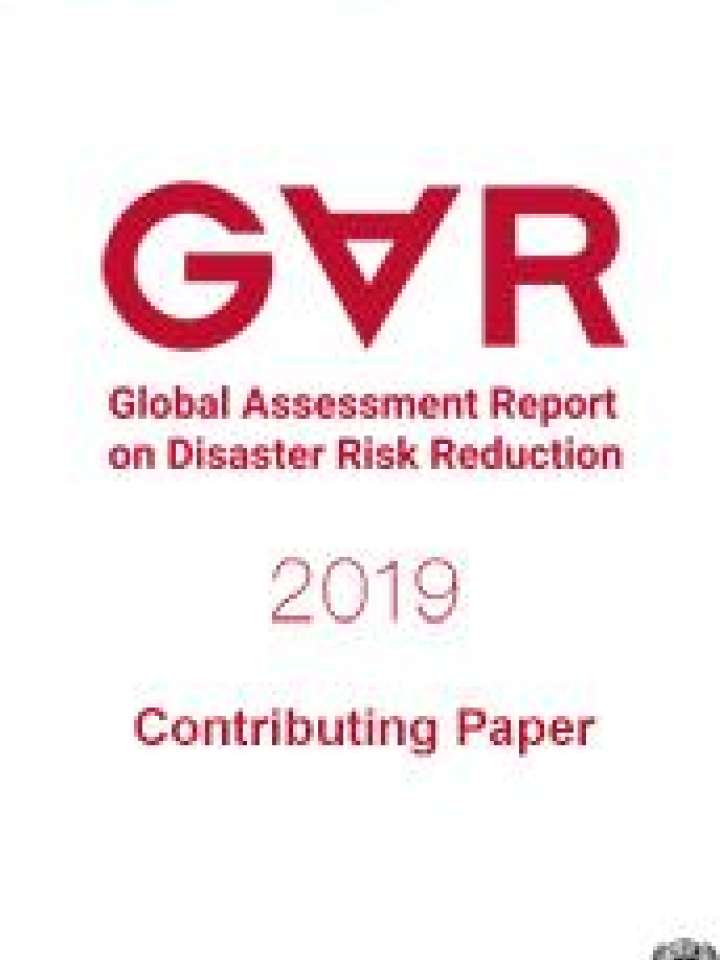Measuring disaster risks and resilience at sub-national level in India
This paper is based on a year-long study conducted by the author to develop a Disaster Score Card that would rank 640 districts of India in disaster risks and 29 States and 7 Union Territories in both disaster risks and resilience. Data on multiple parameters of 14 hazards, 14 vulnerabilities and 2 exposures were collected from primary sources and methodologies were developed for measuring risks through combination of different weights on these parameters. Districts, States and Union Territories were ranked on each hazard, vulnerability and exposure as well as composite risks of disasters.
Resilience of the State Governments and Union Territory Administrations was measured through 7 generic indicators, each having 10 indicators based on global and national frameworks for reducing risks and building resilience to disasters. In the absence of any database on resilience, a comprehensive set of questionnaires was developed for collecting information from the State Governments and Union Territory Administrations. Quantitative norms for evaluation were developed and statistical techniques were applied for measuring progress on each indicator as well as on a composite resilience index. This is a pioneering study on measuring risks and resilience in India, and probably the first study of its kind globally.
The study was undertaken with support from UNDP India and MHA.
This paper is a contribution to the 2019 edition of the Global Assessment Report on Disaster Risk Reduction (GAR 2019).
To cite this paper:
Chakrabarti, P.G.D. Measuring disaster risks and resilience at sub-national level in India. Contributing Paper to GAR 2019
